Pillars Programs of Conservation
Habitat Restoration
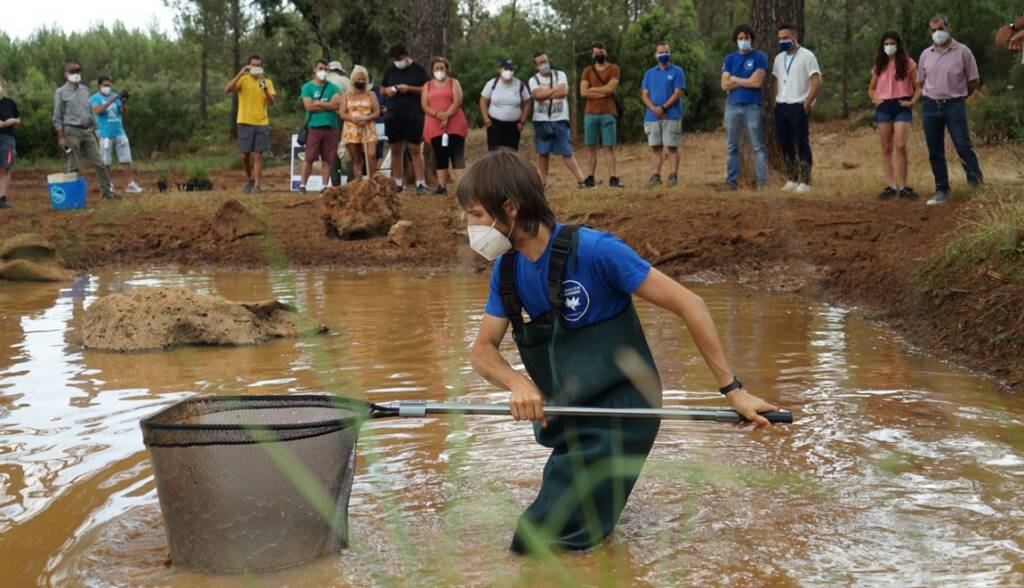
The restoration of affected habitats is essential to be able to reintroduce species
Through various restoration actions, we seek to reduce the impacts detected in the monitoring programs. These actions include identifying critical points that need to be restored, preparing the environment by removing waste, reforestation, and the reintroduction of native animals.
Lines
-
Restoration of ponds for amphibians
The objective of this initiative is to use restoration techniques to create favorable habitats for amphibians, contributing to the conservation of fauna and flora in rural habitats of the Valencian Community.
To this end, degraded water points are identified, assessed, restored, and monitored, with a focus on physicochemical, sanitary, and epidemiological aspects.
In addition, the detection of environmental impacts is addressed, and corrective measures are proposed, along with actions to raise awareness among visitors to these natural environments. This line of action complements the monitoring of amphibian populations in the Valencian Community, working together to promote their survival.
Coordination with local agents, schools, volunteers, NGOs, and local associations is essential, and the program has already begun in the municipality of Sueras, in the Serra d’Espadà Natural Park, and in the Sierra Calderona.

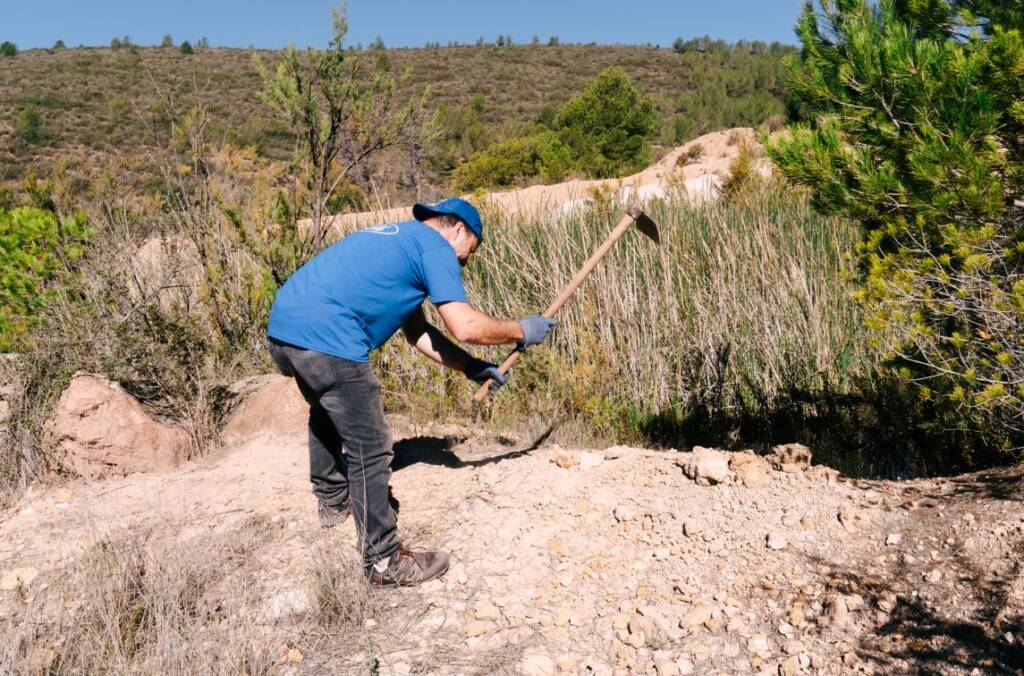

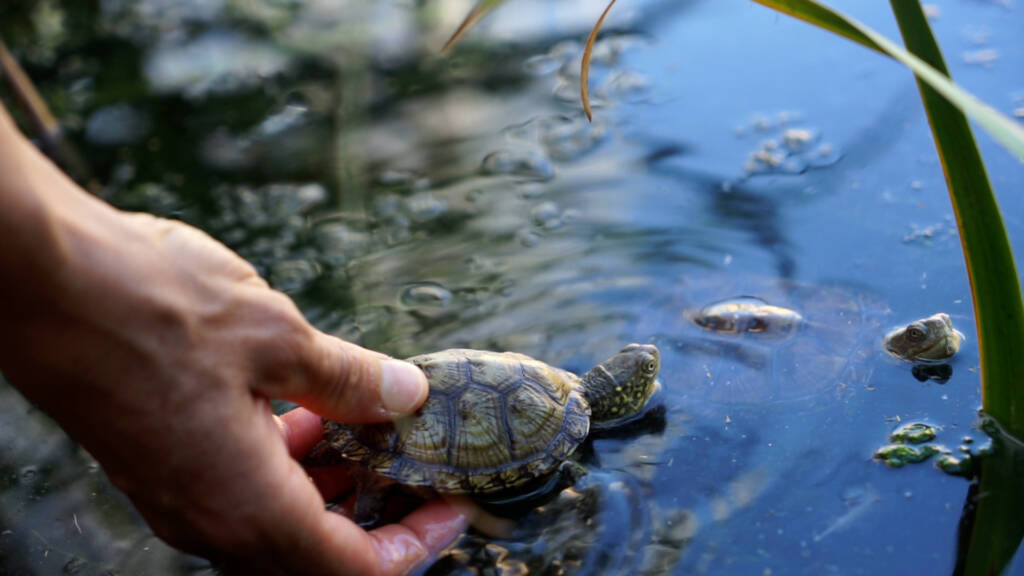
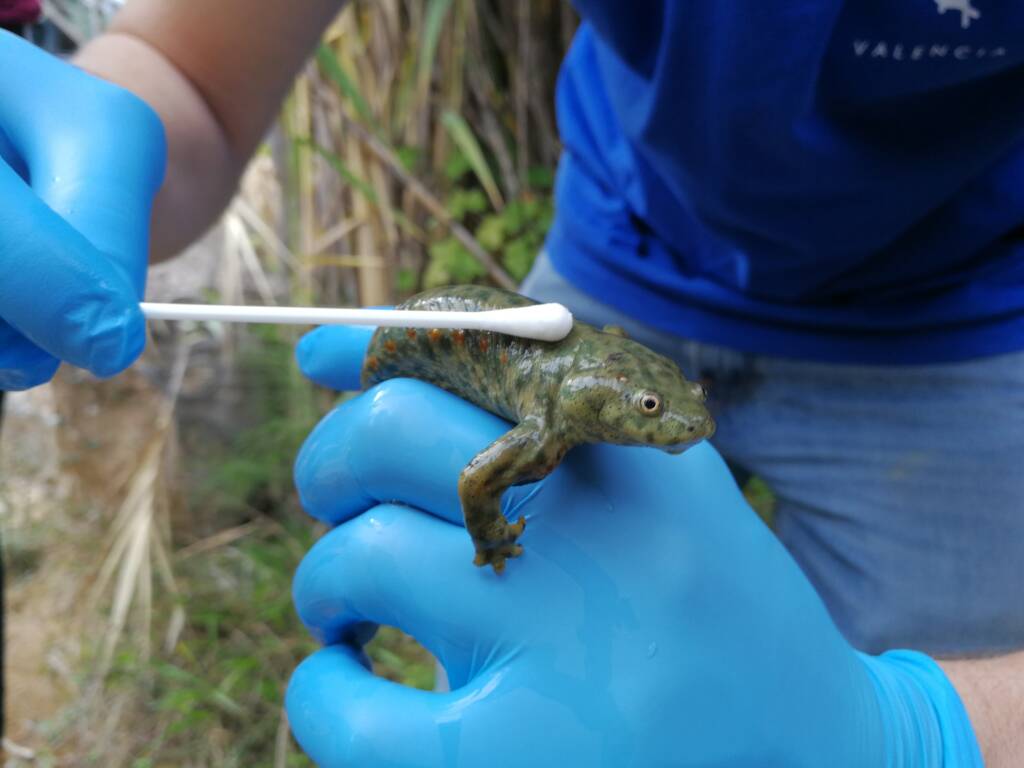
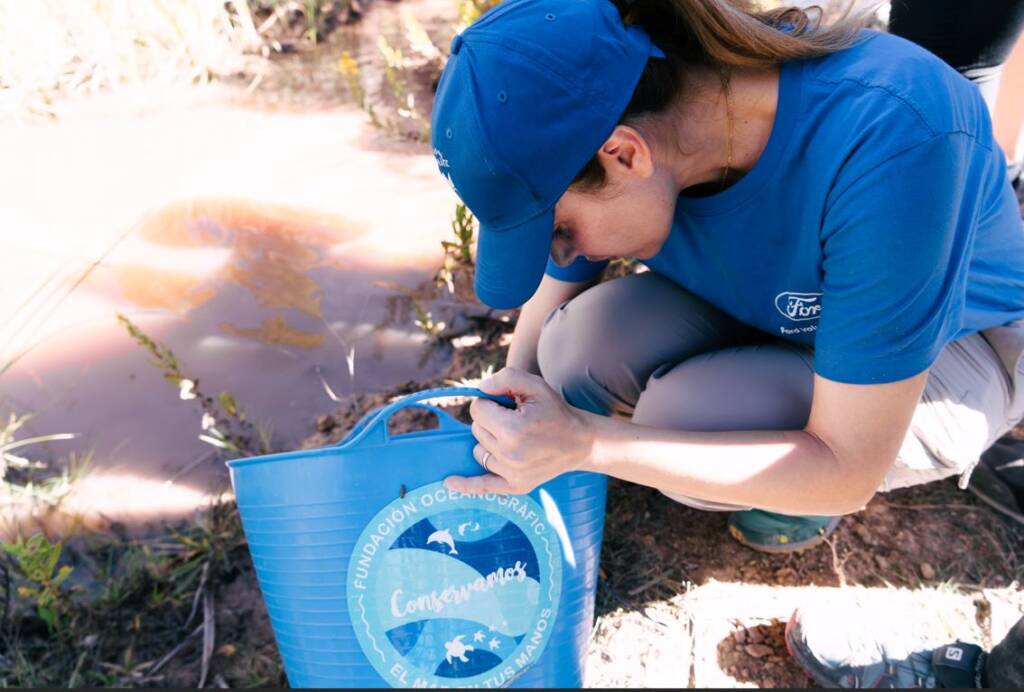
-
Collection of ghost nets and abandoned fishing gear in the Valencian Community
This initiative focuses on addressing the persistent threat posed by abandoned fishing gear in the oceans and the Mediterranean Sea.
Ghost nets cause significant damage to marine ecosystems, especially corals and fish, covering extensive areas of walls and rock bottoms.
In addition, a study of biodiversity and accumulated microplastics is carried out to understand their impact.
Achieving these objectives not only allows us to restore the affected areas, but also to provide replicable protocols for future projects in other areas.
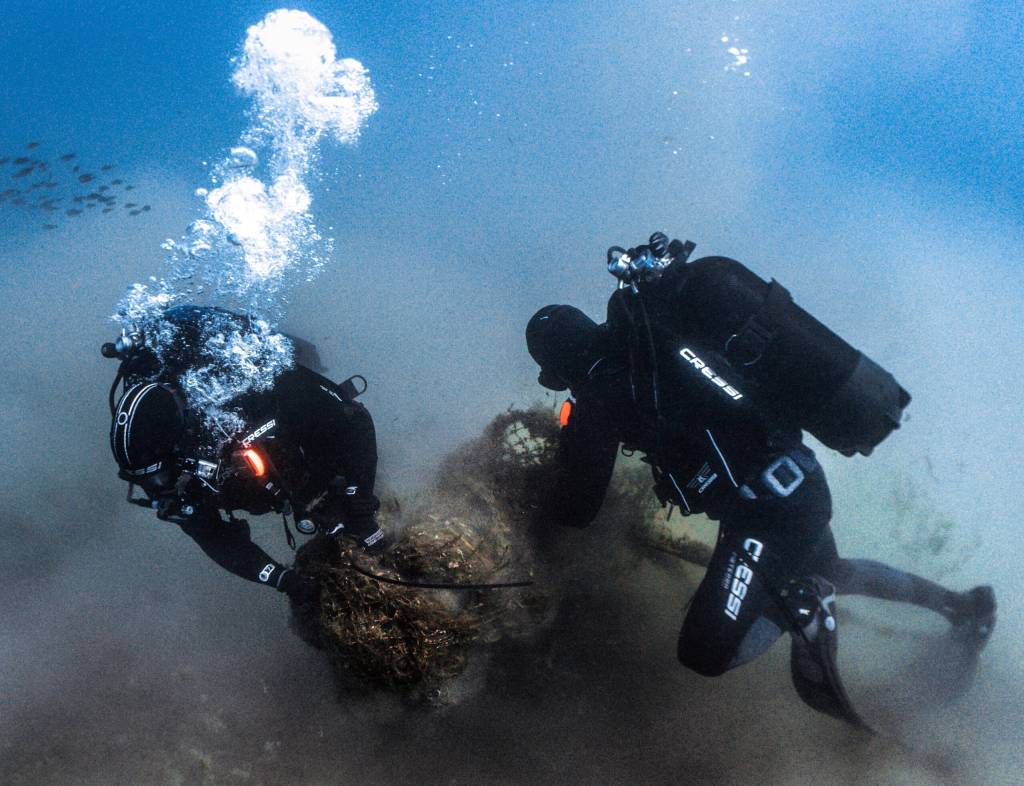
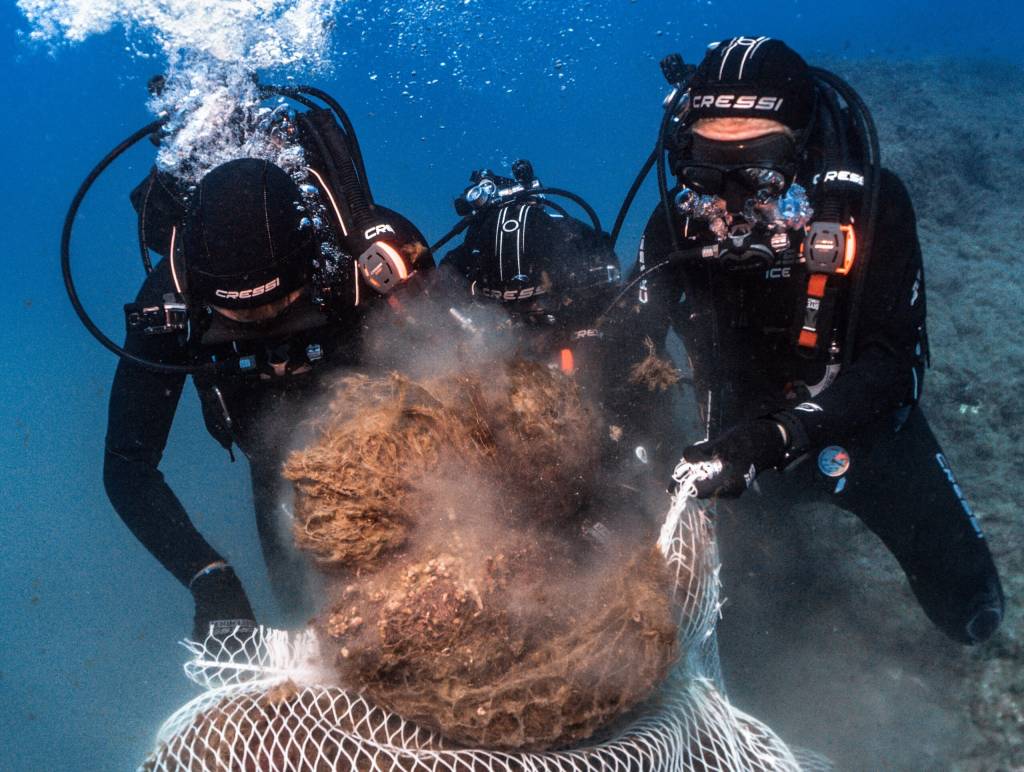
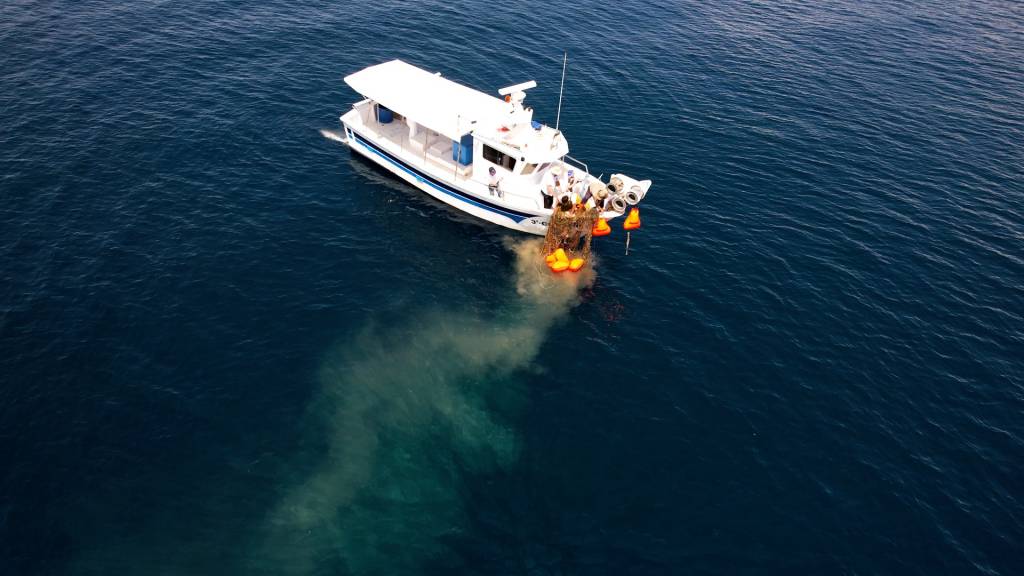
-
Restoration of Mediterranean seabeds with reintroduction of recovered corals
Habitat restoration in threatened areas is essential to preserve these coral populations.
The proposed line of action addresses the evaluation of the recovery status of viable colonies, the selection of the most optimal ones for reintroduction, and the verification of effective methodologies for fixation during reintroduction.
In addition, annual monitoring is planned to evaluate the growth, survival, abundance, and coverage of the reintroduced community. Collaboration with fishermen, divers, and other local actors is highlighted to organize joint actions, outreach events, and environmental education, highlighting the role of these groups in the preservation of the marine environment.
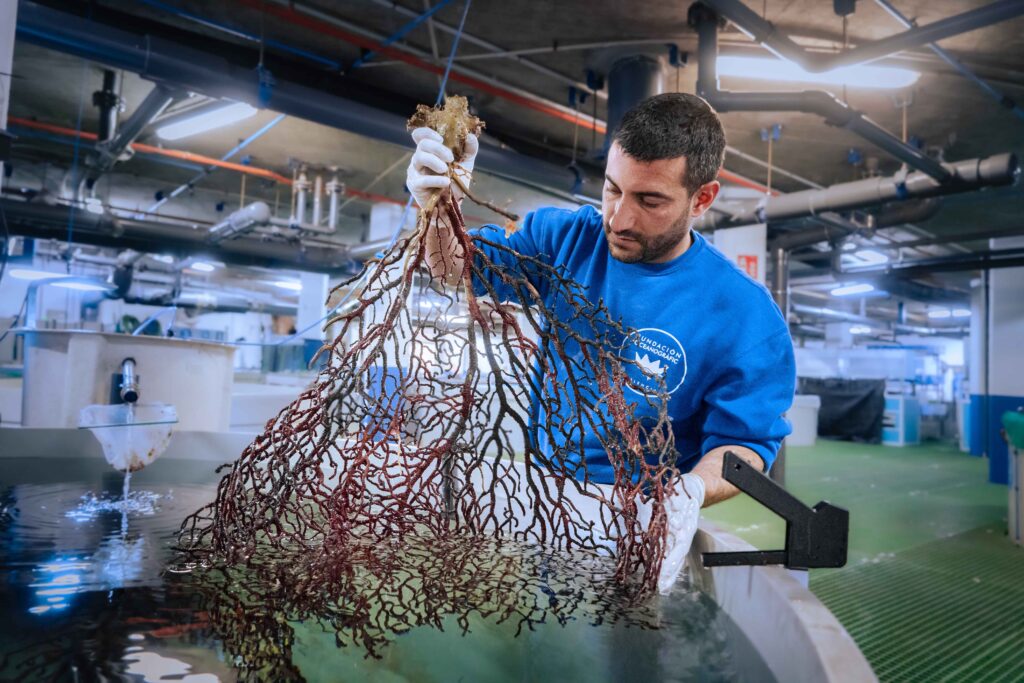
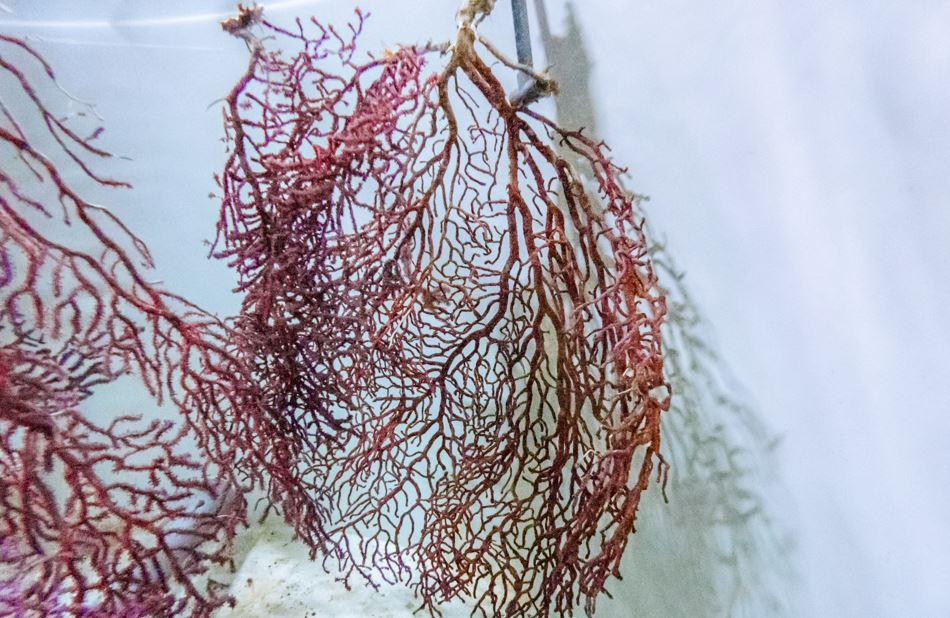
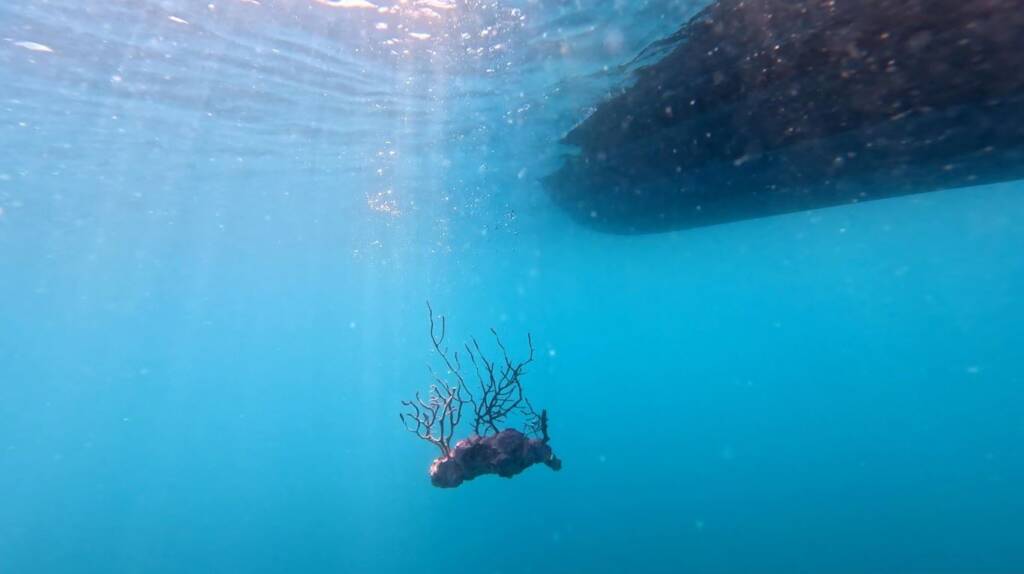
Other programs Conservation
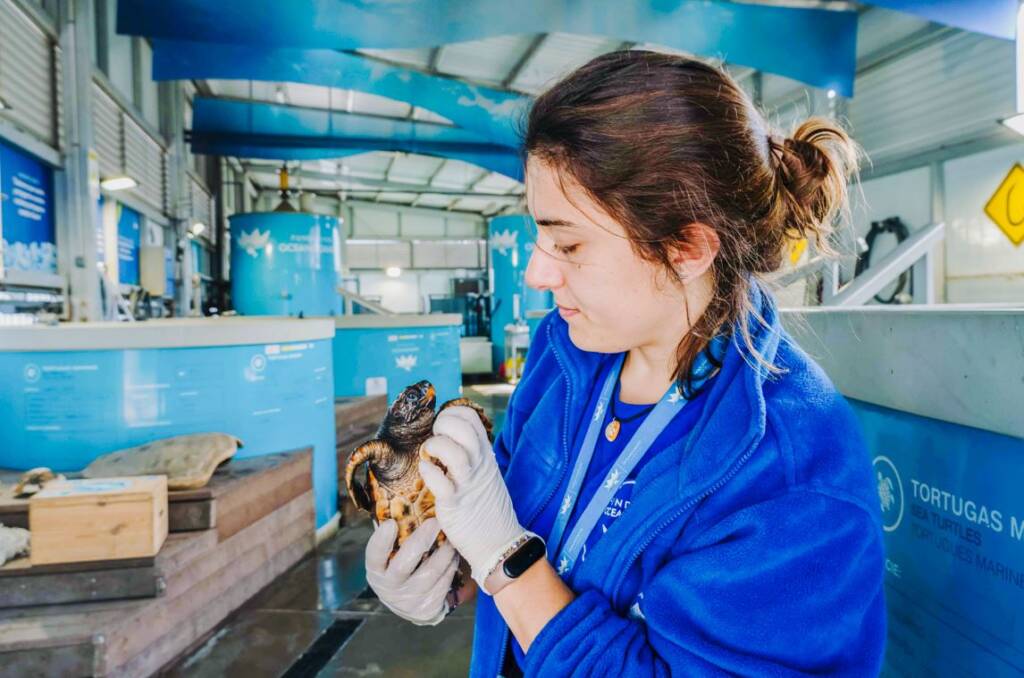
Marine Fauna Recovery Center
Marine Fauna Recovery Center
The rescue and recovery of injured animals helps the conservation and research of species This program…
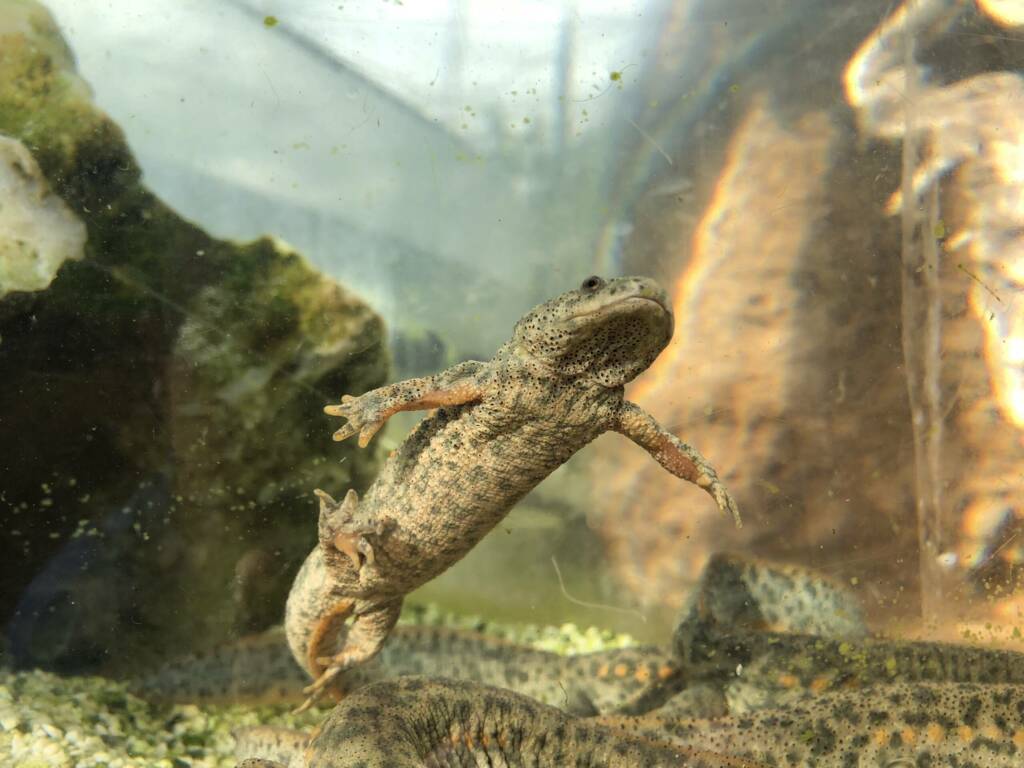
Reinforcement of Endangered Species for Reintroduction
Reinforcement of Endangered Species for Reintroduction
Breeding species in controlled environments is a fundamental tool that helps to repopulate habitats This program…
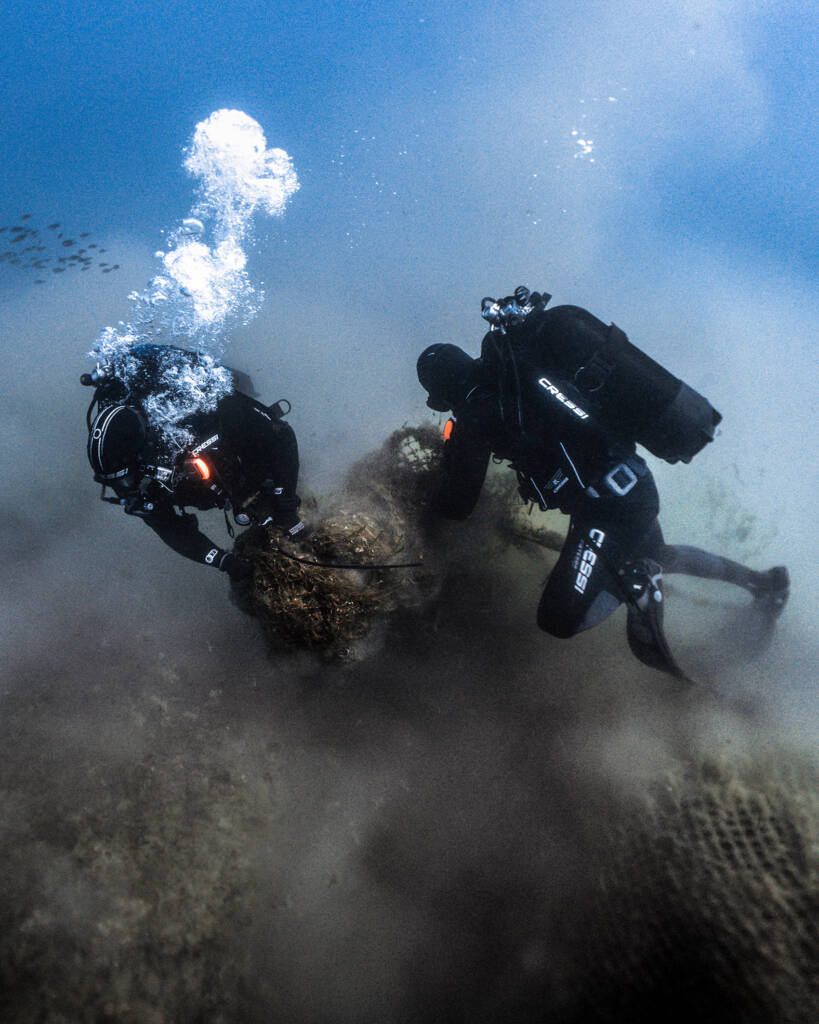
Monitoring and Tracking of Habitats
Monitoring and Tracking of Habitats
Evaluate marine ecosystems to know their conservation status and identify potential threats This program includes long-term…
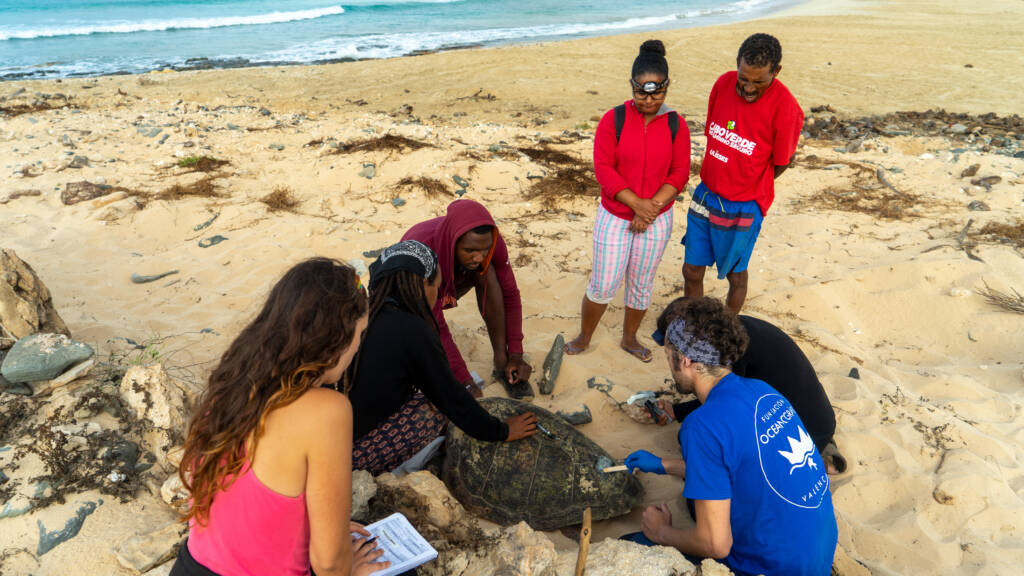
Professional Training and Knowledge Transfer
Professional Training and Knowledge Transfer
Strengthening capacities and collaborations around the world to protect marine fauna Our knowledge is shared nationally…
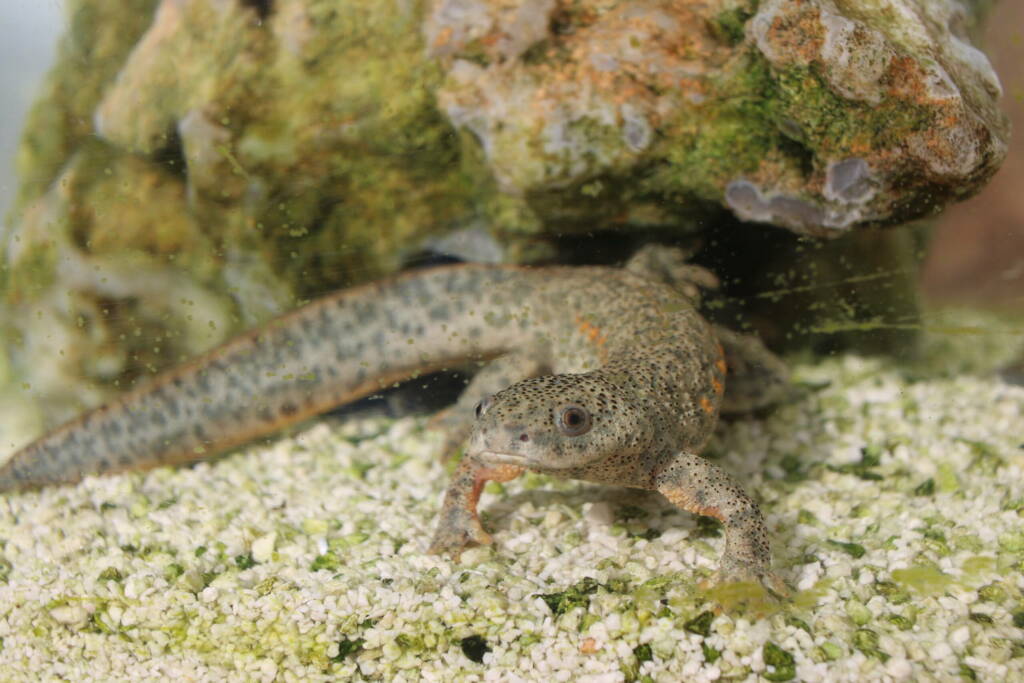
Oceanogràfic Sustainability
Oceanogràfic Sustainability
Reducing dependence on the marine environment It is common for modern aquariums to have breeding programs…

Generating a Forum for Discussion and Knowledge for Conservation
Generating a Forum for Discussion and Knowledge for Conservation
Promoting interdisciplinary discussion and exchange. The main objective is to position the Oceanogràfic as a driver…
